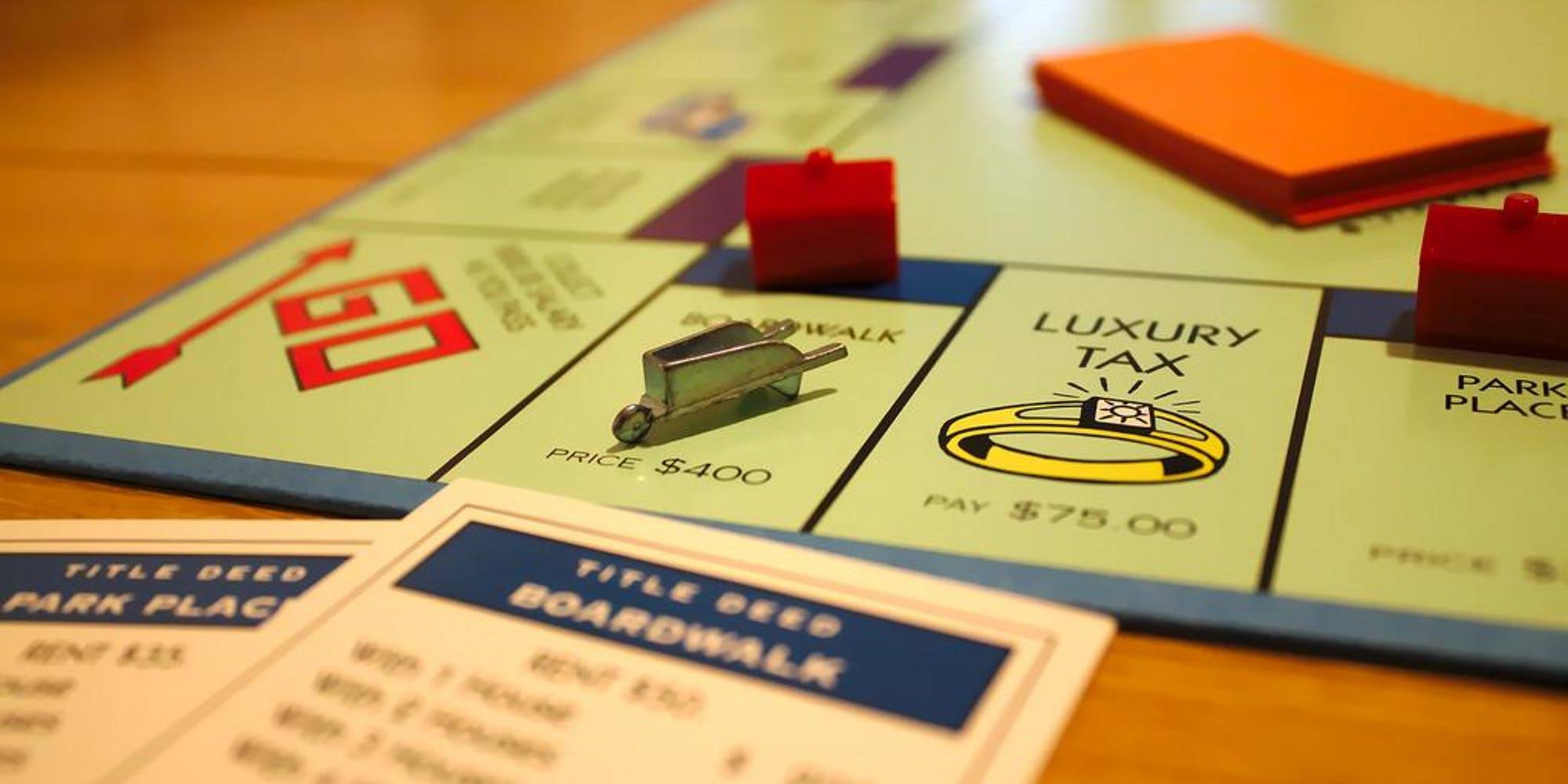

In our latest Dread game players were two teams from Veridian, a supernatural clean up company, send to contain and eliminate a mysterious specimen found in a park. Only one of us made it out alive and the rest were unfortunately caught or sacrificed to the spirit. The DM will ask us a couple questions about our character, we give them a name and usually a goal or sometimes we receive a secret objective.ĭread is flexible and is applicable to many settings beyond just the horror genre. A couple months ago we were Catholic school girls and boys nervously participating in their winter formal until the Latin Club summoned a vengeful spirit and a bacchanal erupted in the middle of the gym. The scope and location are determined by whoever is running the Dread game and we have had a lot of fun events to remember. My long-time Veridian employee Tammy Deville-Fur totally ate it… A Character’s Dramatic ExitĪll our regular players are welcome to run a single-session Dread game set in Seattle. I highly recommend Dread if you want a casual session or have friends that are hesitant with playing roleplaying games. These resulting story or event from these Dread games would come up in our next campaign meetup and shape how our main characters interacted and investigated the world.

Using Dread is especially good when you want to portray quick, tense situations like in a horror, heist or survival game. We have used Dread to further flesh out our WOD Seattle world by bringing in fodder characters -characters we wouldn’t mind potentially killing off because of a failed Jenga pull. When you pull blocks is up to the DM and the result (whether the tower falls, doesn’t fall or you have a close call) is role-played out between characters. Your character’s fate could be death, insanity, cowardice, imprisonment, possession, or some other horrible fate.” If you knock over the tower during your turn, your character is removed from the game, never to return.

Tension builds as the tower becomes more and more precarious. “When a character attempts a task beyond their capabilities, the tower determines their success–they can succeed by pulling a block, or choose to fail by not pulling. The author of Dread, Epidiah Ravachol , explains it best: If you know how Jenga works then you are pretty much ready to play a roleplaying game with Dread. Pulling Jenga blocks represents your character facing a challenge or scary situation where death or another horrible fate is on the line. So every 2-3 sessions we take a break from the normal campaign and bring out Jenga to use in a single-session storytelling with completely new characters using rules from Dread: a casual roleplaying game that uses Jenga instead of dice to determine the fate of your character. Coralling 5 people who have multiple characters in a city with notable supernatural signs to investigate is tiring work.
Game jenga tv#
This group is delving deeper and deeper into the paranormal underground while also trying to keep their recent TV deal. This group has a YouTube Channel “Under the Emerald City” which recently discovered that monsters, ghosts and plenty of unexplained creepy things exist in our world. This campaign has a rotating cast of characters who are part of a supernatural investigation group. Luke is our current DM for our World of Darkness campaign set in Seattle.


 0 kommentar(er)
0 kommentar(er)
